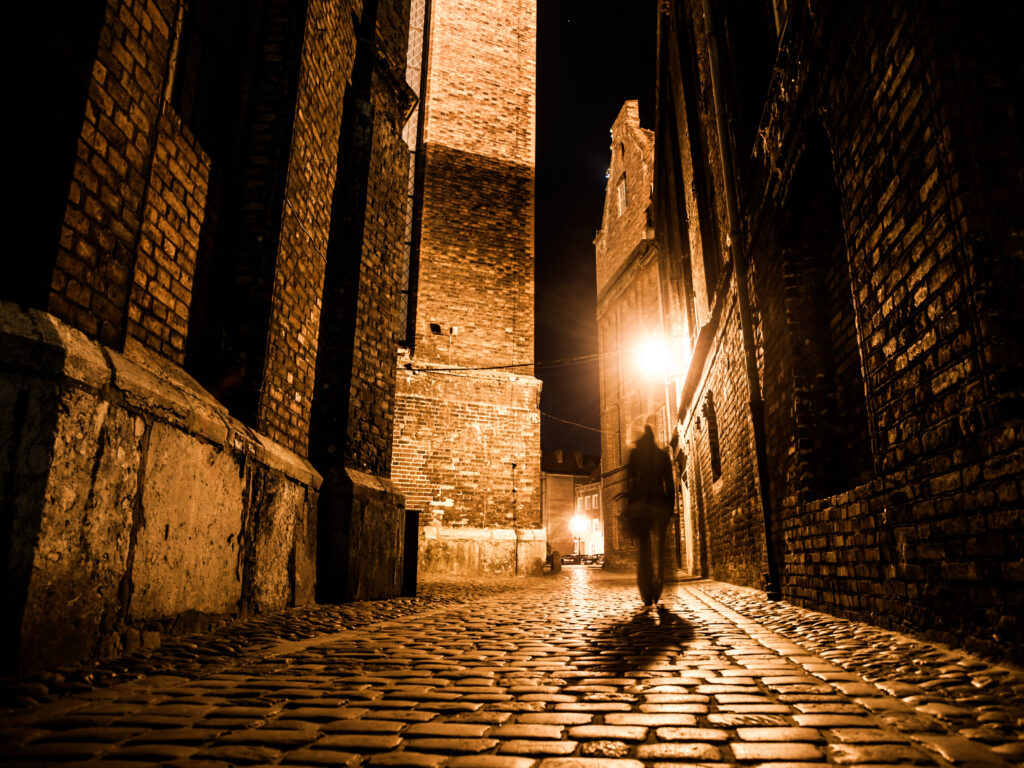The Victorian era, renowned for its cultural refinement and technological progress, also harboured a darker side that bore witness to some of the most chilling crimes in history. Amidst the stiff-upper-lip demeanour of the time, ten heinous acts shocked Victorian England, leaving an indelible mark on its society. These crimes ranged from brutal murders to elaborate poisonings, captivating public attention and instigating widespread fear.
Jack the Ripper’s name still sends shivers down spines today, as he terrorised East London with his series of gruesome murders. Equally horrifying was the case of Mary Ann Cotton, who was convicted of poisoning multiple victims, demonstrating the era’s fascination with grim criminal tales. These chilling cases not only riveted the public but also influenced law enforcement and societal norms.
Figures like Dr Thomas Neill Cream, who preyed on vulnerable women, further exemplified the sinister events of the time. Their actions elicited immense public outcry and witnessed the birth of investigative techniques that are still in use today. The exploration of these crimes offers a revealing glimpse into the complexities and fears of Victorian society.
Notorious Cases and Their Impact on Society
Victorian England witnessed several gruesome and infamous crimes. These cases not only shocked society but also led to significant changes in law enforcement and public awareness.
The Whitechapel Murders and the Legend of Jack the Ripper

The Whitechapel Murders occurred between 1888 and 1891. They involved at least five brutal killings attributed to Jack the Ripper. These murders took place in London’s East End and created widespread fear.
They led to increased attention on the conditions in poorer areas. The police faced criticism for their inability to catch the killer. This case highlighted the need for better policing and advances in forensic techniques.
The Trial and Execution of Amelia Dyer
Amelia Dyer was a notorious baby farmer responsible for the deaths of hundreds of infants. She operated in the late 19th century, advertising to take in unwanted babies.
Upon discovery, she was tried, found guilty, and executed in 1896. Her case exposed the dark side of private child care and led to stricter regulations and oversight in adoption and foster care systems.
The Bermondsey Horror
The Bermondsey Horror refers to the shocking murder of Patrick O’Connor by Maria Manning and her husband, Frederick. The couple brutally killed O’Connor and buried him under their kitchen floor.
This crime was discovered in 1849, leading to a sensational trial. The public’s fascination with the case resulted in changes to the criminal justice system and the detection of domestic crimes.
The Thames Torso Mysteries
The Thames Torso Mysteries involved a series of dismembered bodies found in the River Thames between 1887 and 1889. Unlike Jack the Ripper, the identity of the perpetrator remains unknown.
These cases drew attention to the difficulties in identifying victims and killers without modern forensic science. They spurred advancements in police investigative procedures to tackle such heinous crimes.
Victorian-Era Forensic Advances
Victorian-era advancements in forensic science revolutionised crime investigation. Key developments included innovations in fingerprinting, criminal profiling, and the use of photography at crime scenes.
Fingerprinting Breakthroughs
The late 19th century marked significant progress in the use of fingerprints for personal identification. Sir William James Herschel and Dr. Henry Faulds were pioneers in this field. Herschel, working in India, noted the uniqueness of individuals’ fingerprints. Faulds, in Japan, researched the permanence of fingerprints over time.
By the 1890s, Sir Francis Galton developed a classification system for fingerprints, focusing on patterns like loops, whorls, and arches. This system laid the groundwork for modern fingerprint analysis. In 1892, Argentina became the first country to use fingerprints in a criminal investigation, setting a global precedent.
Early Criminal Profiling
Early criminal profiling began in Victorian England with attempts to understand and anticipate criminal behaviour. Dr. Thomas Bond is often credited with one of the first instances of profiling. He analysed the behaviour of Jack the Ripper, suggesting the killer was likely a solitary figure with anatomical knowledge.
Profiling efforts included identifying personality traits and modus operandi. These insights aimed to predict future actions and narrow down suspect lists. Victorian profilers, although rudimentary by modern standards, laid the foundation for contemporary psychological profiling methods.
The Use of Photography in Crime Scene Investigation
The incorporation of photography in criminal investigations marked a significant advance. Photographs provided a permanent, objective record of crime scenes and evidence. The Metropolitan Police began using photography in the 1860s.
Photographic evidence helped document injury patterns, positions of objects, and other crucial details. Mug shots also emerged during this period, standardising the identification of suspects. This visual documentation allowed for accurate comparisons and aided in solving crimes with greater precision.
